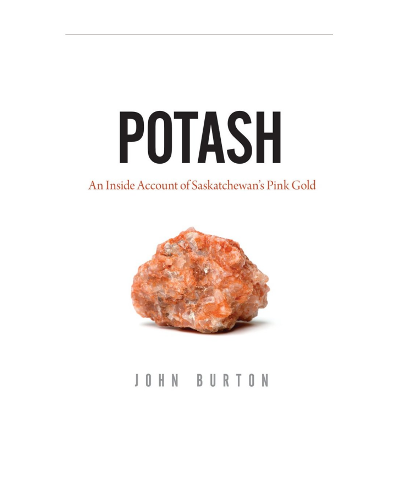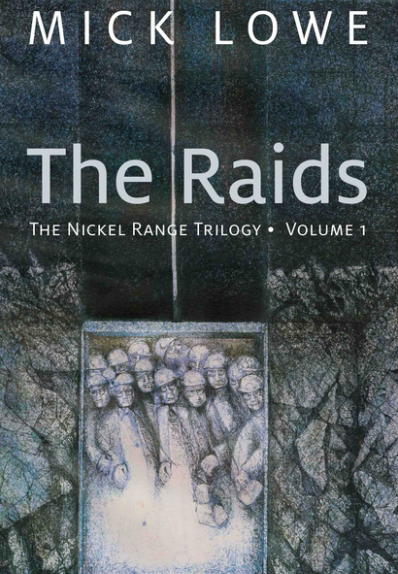To order a copy of Potash: An Inside Account of Saskatchewan’s Pink Gold, click here: http://www.uofrpress.ca/publications/Potash
John Burton grew up on a farm in Saskatchewan, studied at the University of Saskatchewan and the London School of Economics, was elected to Parliament, and played a major role in Saskatchewan’s 1975 decision to acquire potash-producing facilities. He was a member of the Board of Directors of the Crown-owned Potash Corporation of Saskatchewan from 1975 to 1982.
Chapter 1 – Introduction
“Potash! What’s that?” would have been the likely response of most Saskatchewan residents upon hearing the word any time before 1950. That would certainly not be the case now. Virtually everyone in the province knows what potash is today and recognizes the vital role it plays in the provincial economy as well as in the Canadian economy.
Potash1 is a naturally occurring mineral created during the evaporation of ancient seabeds. Ninety-five percent of commercial potash production is used for fertilizer, while the remainder is utilized in industrial production. Potash is vital for plant and crop growth, but there is a wide variation in the natural occurrence of potassium in soils throughout the world. For example, an adequate amount of the mineral occurs naturally in most Saskatchewan soils, but in the US Midwest it is very much needed to promote greater yields of corn.
When potash was first found in the province in 1942, there were only a limited number of potash mines in operation around the world. Major producers were in New Mexico, Spain, France, East and West Germany, and Russia. The Europeans had formed a cartel long before 1940, but during and after the war, US influence and control increased and helped to keep prices high. Potash became increasingly important following World War II, as the need to increase world food supply in order to meet the demands of a growing world population was recognized.

























